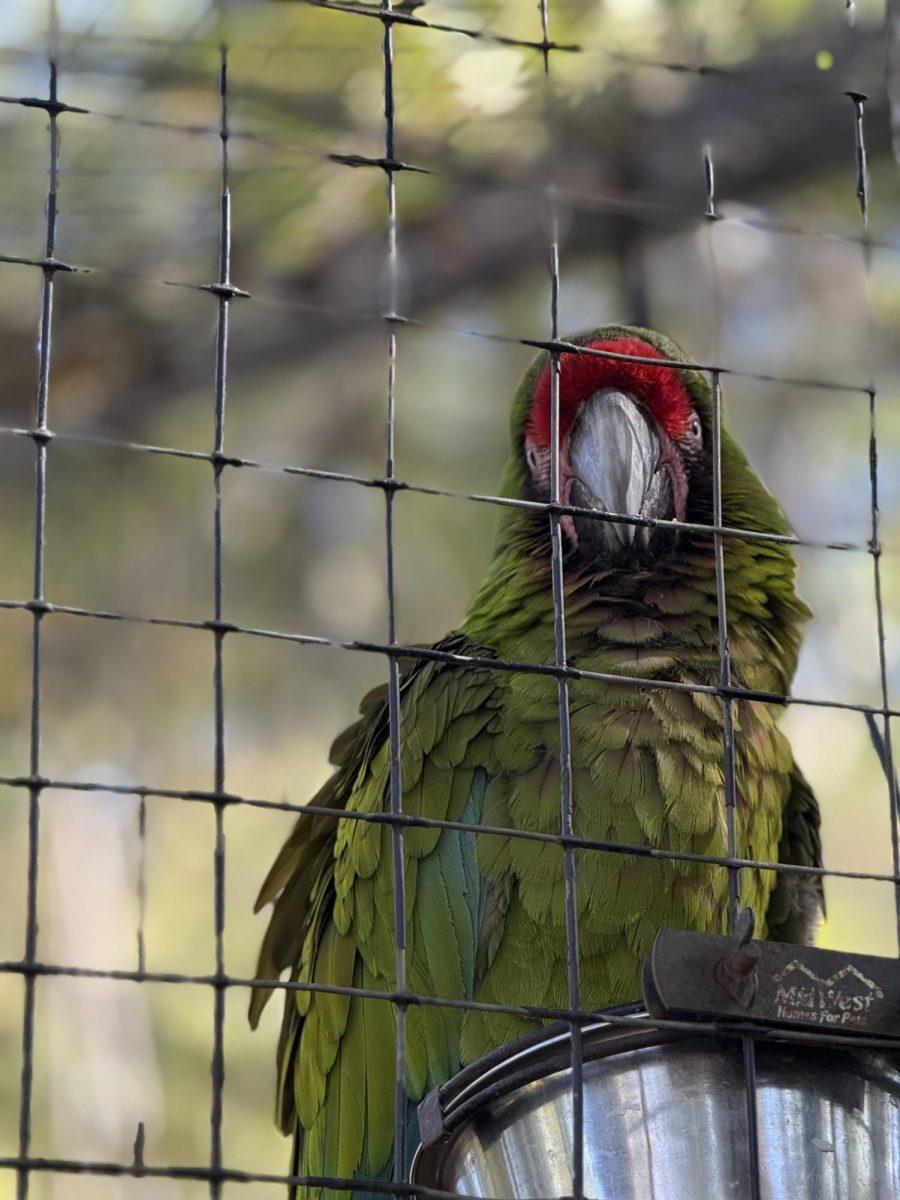‘The Invention of Murder’ by Judith Flanders
This is a non-fiction compilation of murder cases that inspired the deathly fun entertainment from the Victorian era and into the modern era.
The subtitle of this book is “How the Victorians reveled in Death and Detection and Created Modern Crime.”
The Victorian era has a bit of a reputation for being spooky and strange. It’s a period full of odd deaths, superstition, rigorous mourning etiquette and creepy photographs.
Have you ever heard of death nightclubs? These gothic hotspots of the 1800s celebrated death with drinks named after diseases and caskets fashioned as tables.
That’s why Flanders’ “The Invention of Murder” is the perfect read to get a feel of the creepy crimes of one of history’s most lavish time periods.
This book is dense with gory details of the murders of the day and how they were handled in the media and influenced Victorian pop culture.
It’s scholarly but entertaining as you learn about how cold-blooded killings became novels and plays.
Flanders retells many gruesome murder stories, some famous and some not, that paint a picture of Great Britain’s Victorian society.
There is Sweeney Todd, the poor murdered Marr family, James Greenacre who transported his dismembered fiancé around town on a bus and many more.
This is an interesting nonfiction book about events that created fiction. Despite the title of the book, the Victorians did not invent murder. But they perfected it.
‘Let the Right One In’ by John Lindqvist
Are vampire novels cool again? They should be.
This is a popular one that came out in 2005 by Swedish author Lindqvist, so if you want to read this one you will have to find a translation. Unless you can read Swedish, then good for you.
This story is about the friendship between 12-year-old Oskar and a centuries-old child vampire named Eli.
You may recognize this story in the form of a film called “Let Me In” starring Chloe Grace Moretz.
Oskar is a bullied child who dreams of murderous revenge on his tormentors.
Then the dead and drained body of a teenage boy turns up in the Stockholm suburb of Blackberg and Oskar hopes that revenge has finally come.
He finds out soon enough that revenge is in the form of Eli, his new neighbor, who he only sees at night.
This novel depicts the divide between adults and children in the same way the novel’s themes are a divide between horror and tenderness.
It’s a sweet story about the relationship between a young boy and girl (even if she is not a young girl in more ways than one) and a scary story about unnatural torment.
This is a “gorror” novel that will stick with you for a while and remind you why vampires were part of the scariest stories passed down to us by our ancestors.
‘We Have Always Lived in the Castle’ by Shirley Jackson
This novella is written by one of the most famous horror story pioneers herself. You might recognize Jackson’s name from stories like “The Lottery” and “The Haunting of Hill House.”
“We Have Always Lived in the Castle” is more creepy than scary. You won’t hide under your covers at night, but you might shift in your seat. This is the story of 18-year-old Merricat who lives with her older sister Constance and disabled Uncle Julian. Merricat’s parents and younger brother dropped dead six years after arsenic was placed in their sugar.
“It happened in this very room, and we still have dinner here every night,” Uncle Julian said.
Constance was accused of their murders but has since been acquitted. The reputation still lingers around their small town. They are outcasts, shunned and hated by everyone. Constance suffers from agoraphobia so Merricat must venture into the village every so often to get necessities.
Merricat, the narrator, details her trips and the weird looks she gets from people. They all hate her and they pick on her. Or do they?
As the story goes on, it’s obvious Merricat is not all there in the head. She is the classic case of the unreliable narrator and the audience is left wondering if what happens really happens or if the “protagonist” orchestrates it all.
This is a story about the love between sisters, mental issues, isolation and urban legends. Jackson’s prose flows free as Merricat details her dream of flying her sister to the moon on a winged horse where they will eat rose petals.


